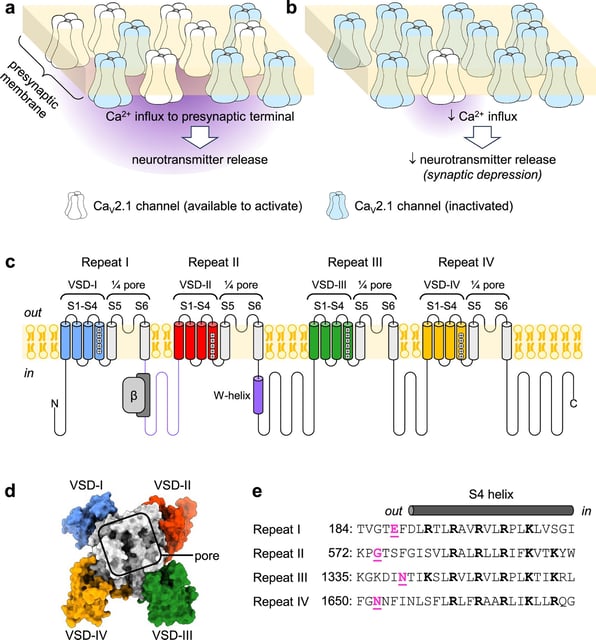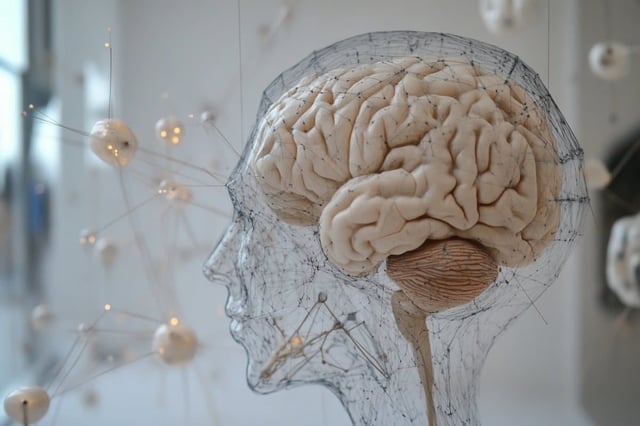Overview
- The CaV2.1 calcium ion channel, the brain's primary synaptic gatekeeper, has been found to encode molecular memory through conformational changes.
- Researchers discovered that the channel can adopt nearly 200 shapes in response to electrical signals, influencing synaptic communication strength.
- Prolonged signaling drives the channel into a 'declutched memory state,' temporarily reducing its ability to open and release neurotransmitters.
- This molecular memory accumulates over time, contributing to synaptic plasticity and the long-term changes underlying lifelong memory formation.
- The study, published in Nature Communications, highlights specific regions of the CaV2.1 channel as promising drug targets for CACNA1A-related neurological disorders.


